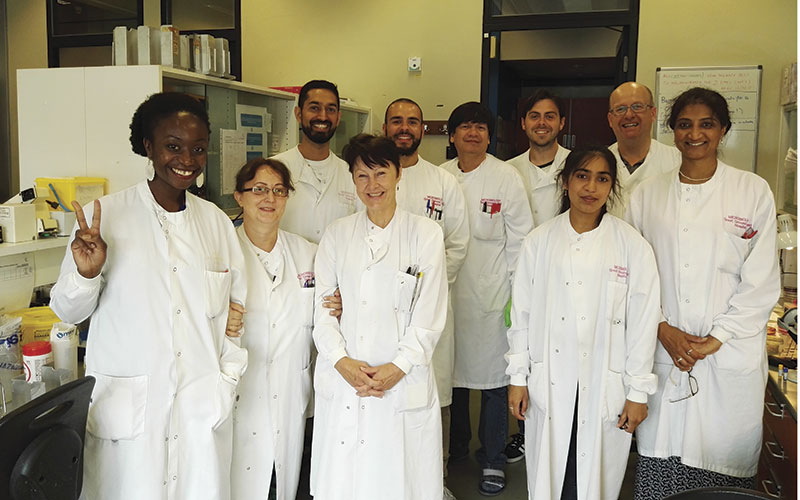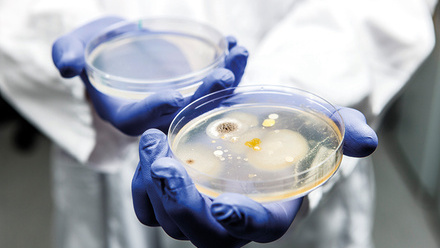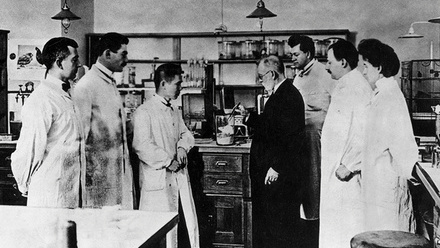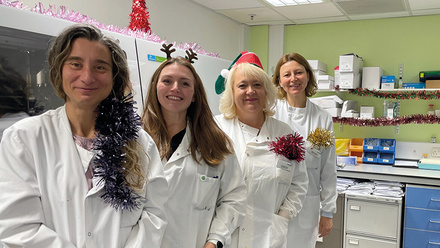My Lab: Paediatric Microbiology

Great Ormond Street Hospital (GOSH) is a tertiary specialist paediatric hospital to which patients are referred from all over the world, with significant and very complicated clinical conditions. As a result, in-depth laboratory investigations take place to help diagnose different conditions, disease and infection.
The microbiology laboratory receives approximately 350 to 500 samples a day from within the trust and externally.
As a specialist paediatric hospital, GOSH carries out many specialised services, which include specialist clinics, solid organ and bone marrow transplants and specialist surgery. Most of the work carried out in microbiology is the screening of patients for carriage of significant bacteria, such as methicillin-resistant Staphylococcus aureus, carbapenem-resistant Enterobacteriaceae (CRE), extended-spectrum beta-lactamases, gentamicin-resistant Enterobacteriaceae, using chromogenic and selective media.
As well as screening, we look for pathogens and opportunistic organisms, which can be clinically significant. Examples include new detection methods for Candida auris and VRE monitoring from enteric specimens.
The diagnostic work carried out is very different to that of a routine district general hospital and we are lucky to have specialist diagnostics techniques, such as 16S PCR and 18S PCR. Many of the diagnostic techniques that are carried out in-house have been validated, as they are appropriate to our patient population.
The microbiology team is extremely patient-focused, despite the great pressures that face the NHS. This is due to the support and the close working relationship with the clinical team and infection control. Working on the same floor means that there is always clear communication and that we are able to work together to benefit the patient.
On a daily basis the consultant microbiologists come into the laboratory to discuss patient cases with laboratory staff and this has a significant impact on raising staff awareness about individual patients and the important role that diagnostic microbiology plays in patient management and treatment. Because the trust looks after a unique group of patients, laboratory staff are familiar with those who are long-term within the hospital and this allows laboratory staff to build a relationship with them. In the past, patients and families have given thanks by sending cards and presents. For the laboratory staff, this gives an amazing feeling, as it is nice to get recognition of the work that we do and for people to realise we go above and beyond.
This year brings new challenges, including implementing a new electronic patient record system, which affects the whole trust, as well as laboratory medicine. This will mean that the laboratory will go completely paperless and will have to adjust to a new system of working. With a constant increase in antimicrobial resistance, we are working hard to research methods to improve detection and are expanding the use of MALDI ToF and using it as part of an algorithm for CRE detection. Finally, we are implementing a new Sepsityper extraction method to improve time to detection and identification for positive blood cultures.




